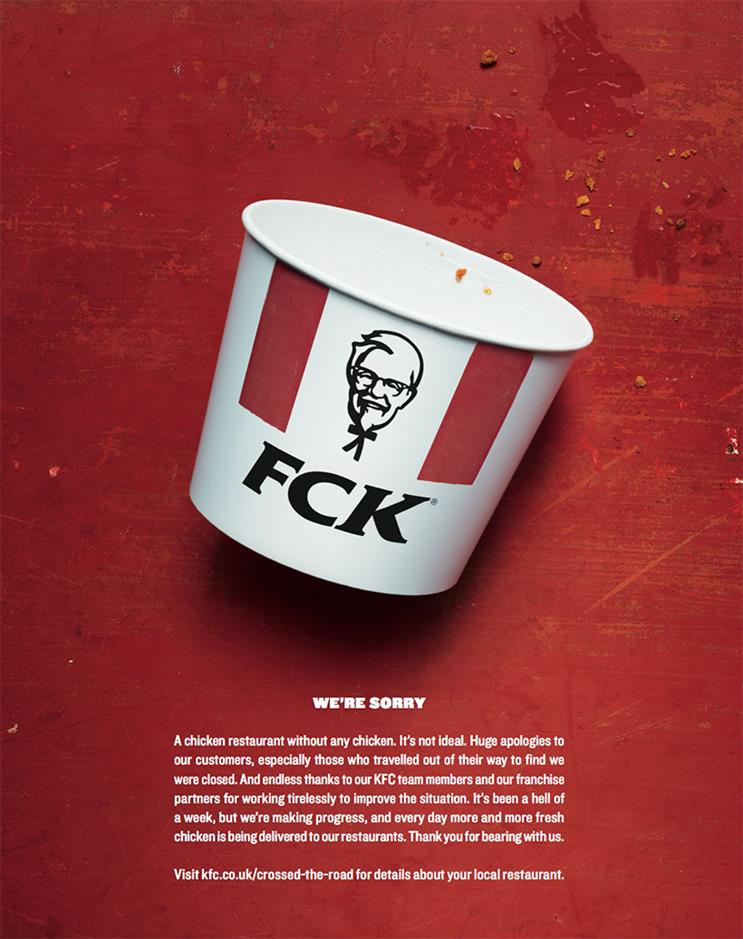How to Manage Social Media in a Crisis
Our latest blog comes courtesy of Amy Catherall, a third-year Communications and Public Relations student, who spent a week with us on work experience. After getting to experience the process of crisis communications at first hand during her time with us, Amy shares her tips on how social media can be adopted into your crisis plan…
Crises can happen at any time and social media can certainly fuel the flames – so it’s best to be prepared! Help prevent a crisis from escalating by identifying any risks within your organisation and form a plan.
Taking immediate action is crucial in controlling the situation; the media will be asking questions and so will the public. Respond to them, address the situation and release what information you can as quickly as possible to help maintain brand reputation and relationships with stakeholders and consumers.
It can be tricky to navigate your business through a crisis. Social media can be a key communication tool when dealing with bad news and can be one of the quickest and easiest ways to communicate to your audience and the media.
Top tips for using social media in a crisis:
Preparation is key – ensure all staff are aware of the situation and nominate a person or team to handle social media in times of crisis. Prepare a company statement and post it in full on your website as quickly as possible and share it on your social media channels.
Don’t delay – in a crisis you must act as quickly to get the situation under control, but it is key to remain calm and ensure that everything you put out is accurate. The longer you wait to respond the more likely speculation will start to be spread across social media. Reacting in a timely manner to comments and messages will help to control the situation.
No going back – once you have published your statement, it is out there for the world to see, and people can like, comment, share, and screenshot the post. Ensure that the response is truthful by stating exactly what has happened. You don’t have to reveal everything, but make sure that everything you say is true to protect your brand reputation.
Re-direction – you are limited to how much can be said on an image or a caption, but social media gives you the opportunity to get the key points across and then redirect people to other sites, such as your website, for more information on the situation or links to sites that can offer support. Always try to take negative conversations offline.
Monitoring – social media platforms give you the opportunity to evaluate the situation as it develops and assists in tweaking your plan of action to address any issues or concerns raised.
Can we post this? – you may have to adjust your usual social media schedule and put posts on hold until the crisis is over. Depending on the situation, remaining on schedule could cause negative attention.
You can’t please them all – addressing the situation won’t make everyone happy; there will still be people in disagreement or uproar about what has happened, but ensure you remain truthful to your brand and communicate clearly to your audience.
#chickencrisis
In 2018 KFC was left with no chicken! After using a specialist food distribution company for many years, the contract was taken over by DHL.
DHL was only working out of one warehouse, compared to the previous six across the UK –it had plenty of chicken but not enough vehicles to get it delivered! This meant that 708 stores across the UK had to reduce their menu and opening hours because not enough chicken was being delivered.
This could have been the worst crisis to face the company in years, but it turned the situation into a successful PR campaign.
They followed protocol and apologised for the shortage and closing of stores via their social media channels and to the media. They addressed the concerns of the public, answering any questions and concerns on Twitter and being transparent about the issue and their next steps to solving the issue. They avoided pointing fingers at DHL for the issue and took the blame for the shortage.

KFC has strong social media presence and this was used as a key tool to respond to the crisis, ensuring that messages were effectively communicated to its target audience.
Two key objectives were set out in its crisis plan: a mass-scale public apology for the disruption caused and a clear explanation of what was being done to solve the issue.
Instead of following the traditional crisis management plan, KFC focused on humility, humour and honesty to communicate with the public; rearranging the letters of its name to spell “FCK” and making chicken-themed jokes – the chicken having not crossed the road was used in one of the apology statements. It made the response more down-to-earth,
Using humour across the social media posts helped to relieve the pressure from the media and the public. Even some followers joined in, mocking the company by making memes about the chicken shortage.
The #chickencrisis may have caused financial damage to KFC, but thanks to its humorous response to the crisis, the brand reputation wasn’t damaged and most people have forgotten the shortage even happened!
Need help getting prepared? Shooting Star are experts in identifying risks and creating a crisis communications plan – get in touch with our friendly team to find out what is involved.
AC










